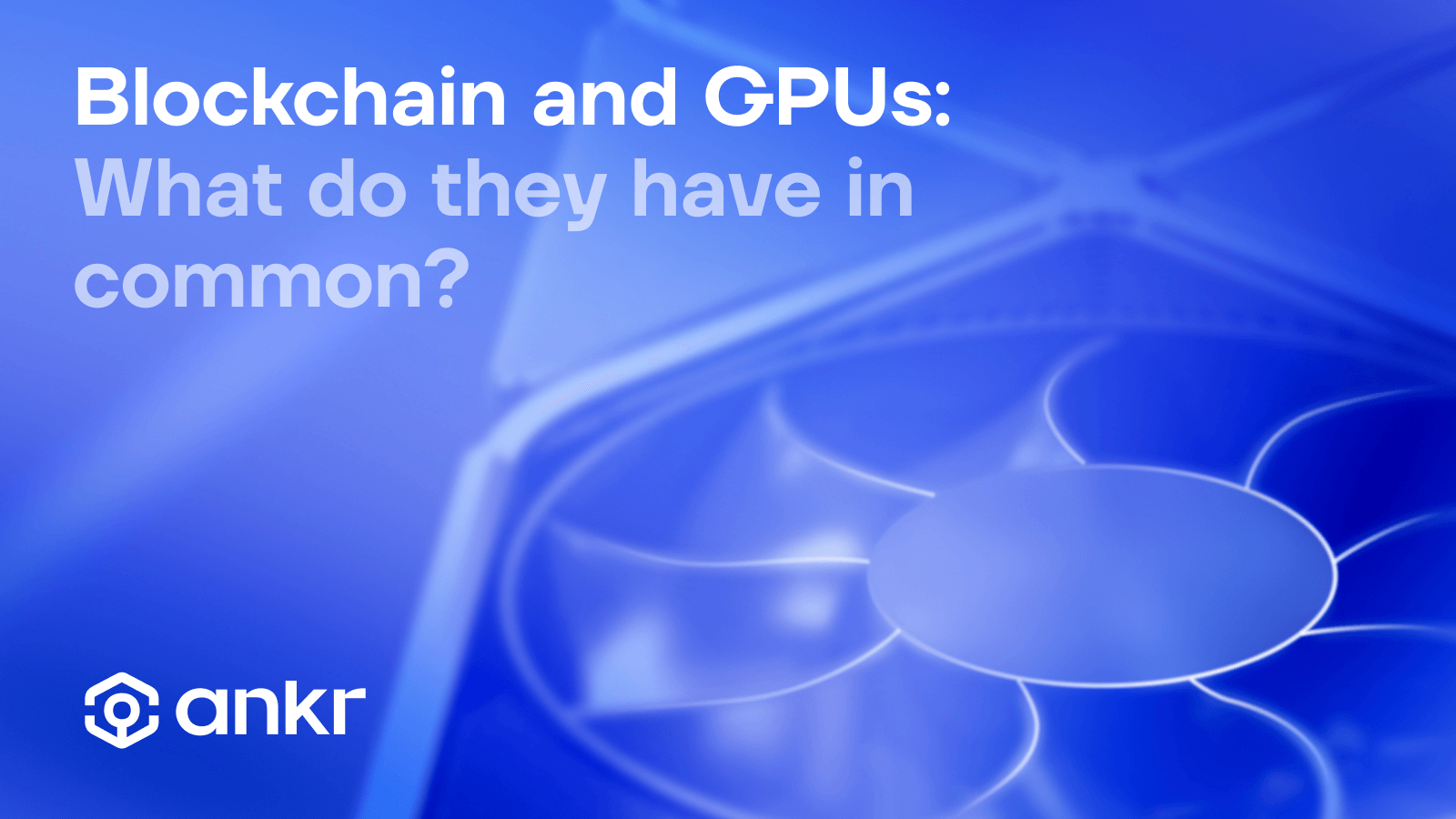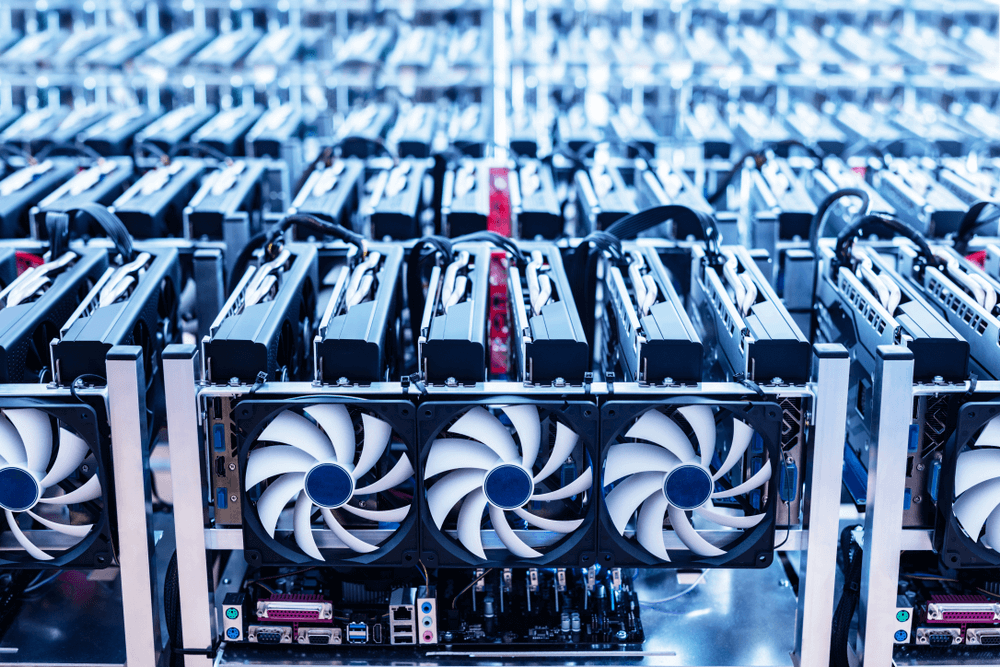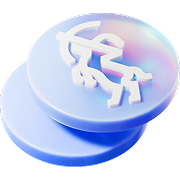Blockchain and GPU: Hardware Behind Decentralized Economies

May 15, 2024
3 min read

Blockchain and GPUs: What do they have in common?
As a crypto enthusiast, you've heard about both blockchain technology and graphics processing units (GPUs). But how exactly do these two worlds of code and hardware intersect? This article dives deep into the fascinating relationship between blockchain and GPUs, with a particular focus on their relevance to Web3 enthusiasts.
What is a GPU in the context of blockchain?
A GPU, or graphics processing unit, is a specialized chip designed to handle intensive graphical calculations. Traditionally, GPUs have been the workhorses of the gaming world, rendering smooth and intricate visuals. However, their parallel processing power makes them ideal for other computationally demanding tasks, including certain blockchain applications.
Read more about GPUs in Web3 x AI applications
Does blockchain need GPUs?

Public blockchains, like Bitcoin, rely on a process called Proof of Work (PoW) to validate transactions and secure the network. PoW involves solving complex mathematical puzzles, and GPUs excel at these computations due to their ability to handle multiple calculations simultaneously.
However, not all blockchains require GPUs. Proof of Stake (PoS) blockchains, which are increasingly popular for staking, use a different validation method that doesn't rely on intensive computations. This makes them significantly more energy-efficient compared to PoW blockchains.
Can I run a blockchain node using my GPU?
In the context of PoW blockchains, GPUs were once a viable option for running a blockchain node, the computers that validate transactions and maintain a copy of the distributed ledger. However, the computing difficulty on these networks has skyrocketed, making GPUs largely obsolete for mining purposes. Specialized hardware called ASICs (Application-Specific Integrated Circuits) now dominate PoW mining.
For PoS blockchains, running a node typically doesn't require the processing power of a GPU. These nodes focus on verifying signatures and maintaining consensus, tasks that a CPU can handle efficiently.
Why are GPUs still used for mining or running blockchain nodes?
While GPUs are no longer the go-to choice for mainstream PoW mining, some niche blockchain projects utilize alternative consensus mechanisms designed to be ASIC-resistant. These mechanisms aim to create a more level playing field for miners and prevent the centralization that can occur with ASIC dominance. In such cases, GPUs might still be a suitable option.
What is the best GPU to run a blockchain node?
As previously mentioned, GPUs are generally not recommended for running nodes on PoS blockchains or mainstream PoW blockchains. However, if you're interested in a specific ASIC-resistant PoW project that utilizes GPUs for mining, it's crucial to consult the project's documentation for recommended hardware specifications.
The future of GPUs and Blockchain
The future of GPU integration within blockchain technology remains an interesting topic. While their role in traditional mining seems limited, several intriguing possibilities exist:
- Decentralized AI and Machine Learning: As the Web3 world evolves, there's growing interest in leveraging blockchains for complex computations like AI and machine learning. GPUs could play a role in facilitating these tasks within a secure and distributed network.
Learn about the Top 5 GPUs for AI
- GPU Sharing Platforms: Blockchain technology could enable the creation of GPU sharing platforms, allowing users to rent out their unused processing power for specific blockchain applications. This could provide a more efficient way to allocate computing resources.
Final Thoughts
Overall, while the current use case for GPUs in mainstream blockchain applications might be limited, their potential to contribute to the future of decentralized computing remains significant. Staking enthusiasts should stay informed about these developments, particularly as innovative blockchain projects emerge.
Join the Conversation on Ankr’s Channels!
Twitter | Telegram Announcements | Telegram English Chat | Help Desk | Discord | YouTube | LinkedIn | Instagram | Ankr Staking



